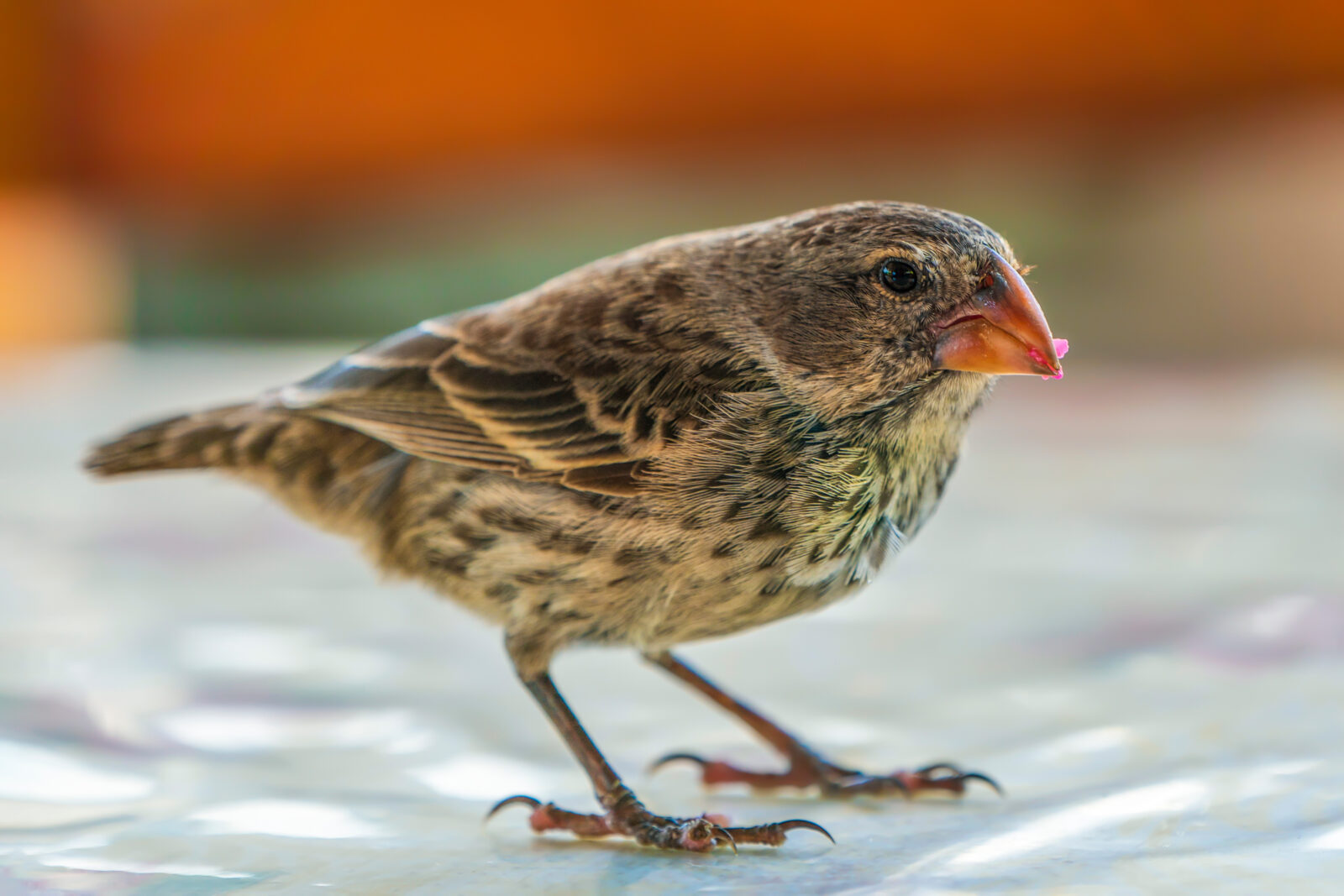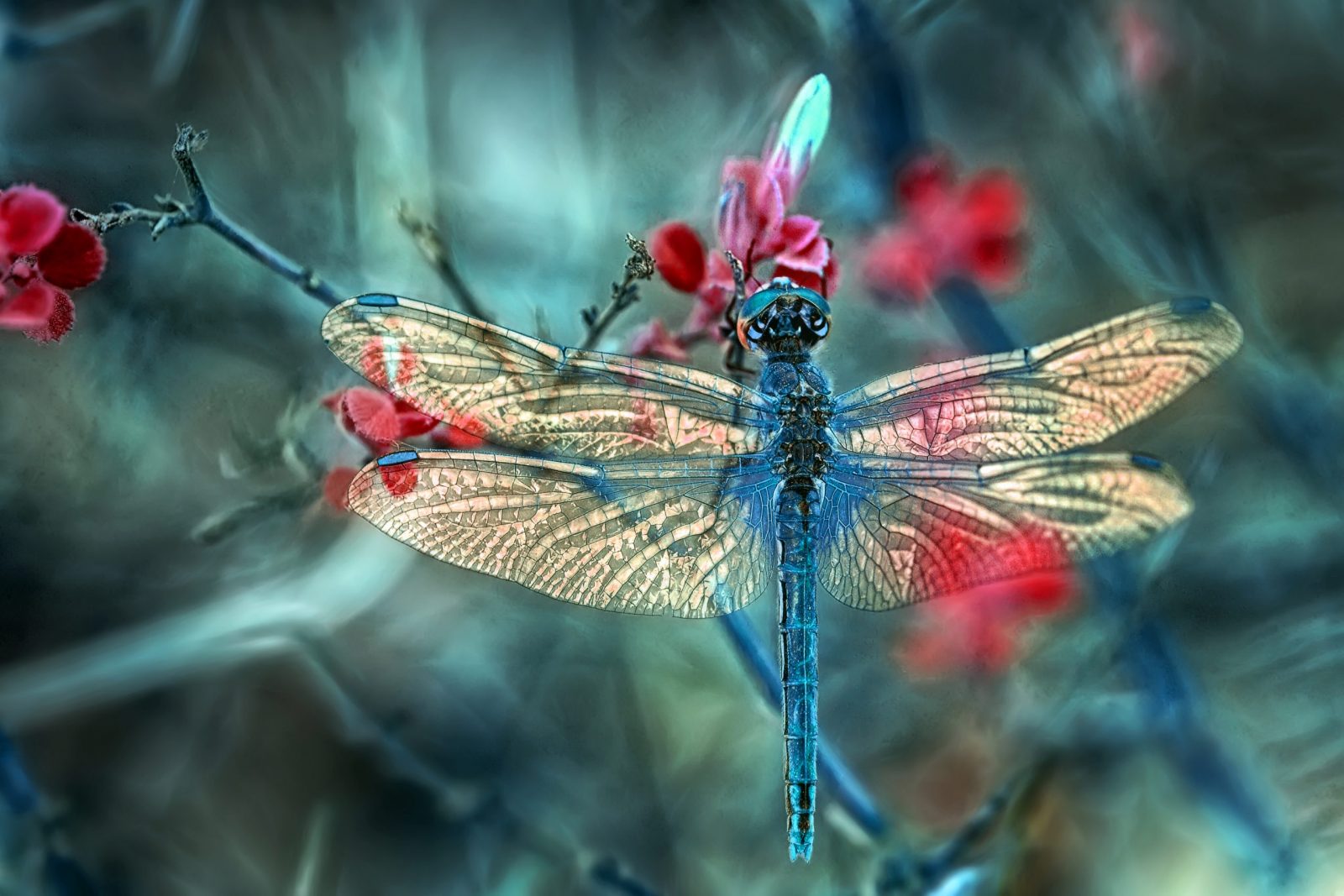


Engineers Crash the Evolution Party, Rethink Biological Variation
On today’s ID the Future, physicist and engineer Brian Miller sits down with host Casey Luskin to survey exciting developments in intelligent design research that are driven by an engineering model for understanding and studying variations in species. ID researchers are pushing this work, but so too are systems biology researchers outside the intelligent design community. Tune in to hear Miller and Luskin discuss everything from fruit flies, finch beaks, and stickleback fish to mutational hotspots, phenotypic plasticity, and the gravity well model of biological adaptation.

Jonathan Wells and The Comprehensive Guide to Science and Faith, Pt. 1
Today’s ID the Future spotlights a new book, The Comprehensive Guide to Science and Faith: Exploring the Ultimate Questions about Life and the Cosmos, and specifically a chapter by biologist Jonathan Wells titled “What are the Top Scientific Problems with Evolution?” Wells is the guest, and the host is geologist and Center for Science and Culture associate director Casey Luskin, who co-edited the anthology from Harvest House Publishers. In this episode the first problem that Wells highlights concerns homology and convergence. A second problem involves fossils. Darwin anticipated “innumerable transitions” in the fossil record, but such a rainbow of transitional forms has never been found. Not even close. Another problem, molecular phylogenies. Another: the lack of observational evidence that natural Read More ›

Intricate Optimized Insect Designs – via Evolution?
On this episode of ID the Future, host Andrew McDiarmid draws on an essay at Evolution News & Science Today to explore some intricate optimized insect designs that are inspiring human engineers and raise the question, could evolution have done that? Cicadas and dragonflies use an exquisitely engineered “bed of nails” on their wings to disarm and neutralize bacteria. Butterflies and bird feathers also use this trick. There are fruit flies that have multiple navigation systems, complete with error correction for hard turns. And the sea skater insect is able to walk on water and launch itself explosively thanks to an impressive combination of engineering marvels. Did evolution really bring all those design factors together? Or was something else required Read More ›